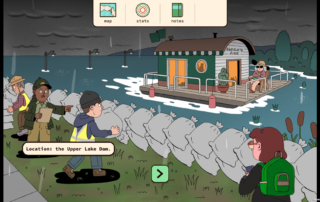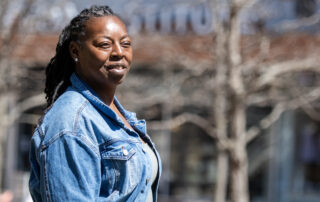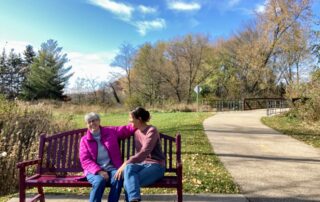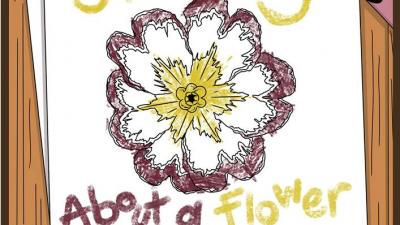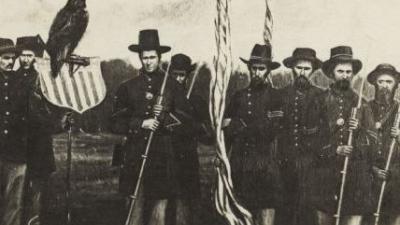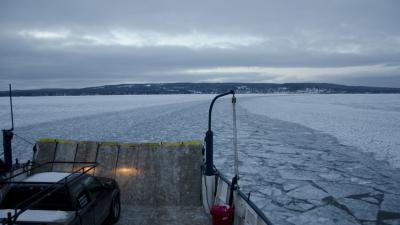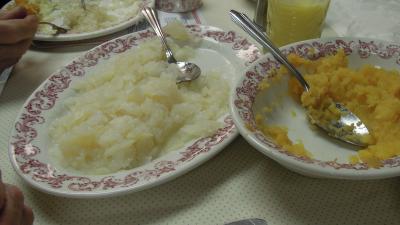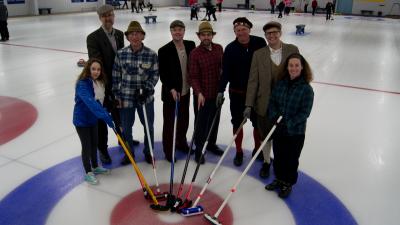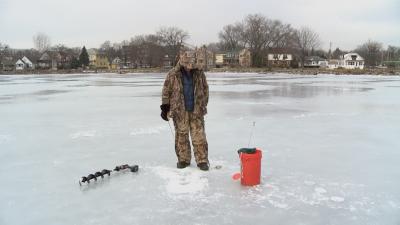A walk through the lobby of Mayes Taxidermy in Stevens Point can seem like a combination shopping trip and safari, as dozens of exotic and lifelike animals stare back from the nondescript walls and showroom floor.
Along with the normal objects of Midwestern taxidermy, like trophy walleye and ten-point whitetail deer, there are also mounted animals from farther away, including a tiger in mid-saunter and an African crocodile holding a deer in its jaws.
For the past 30 years, Randy Mayes has run the shop. For him, taxidermy has been nearly a lifelong interest.
“I was about 14 years old when I got started,” Mayes said. “I did a lot of hunting and fishing, and it just seemed natural to progress into this … I took a class at a community college, a night class when I was 14 years old, and then I took the class again when I was 15 years old. One thing led to another.”
After high school, Mayes worked for three years as an airplane mechanic, eventually saving up enough money to start his own taxidermy studio outside Stevens Point in 1984.
Through the years, he built a crew to help with the extensive process of taxidermy, a process that involves removing and preserving the skin from an animal and carefully mounting that skin to an anatomically-correct mannequin that imitates the muscle and bone of the animal.
The craft has grown more elaborate and precise in recent years, Mayes said.
“I think the attitude toward taxidermy has changed from the time I got into it until now,” Mayes said. “The expectations are much greater. They want different choices, different poses … and they want realism.”
That realism can include details like the shine on an animal’s nostrils or the types of artificial plants that surround an animal on its mount.
Mayes said he has seen another change in his own business as well.
“When I first started doing taxidermy here … it was pretty much just local stuff: deer, birds, fish … occasionally we’d get some Western game,” Mayes said. “Then it got into the African stuff, and that really opened up a new area for us.”
In recent years, Mayes has mounted the skins of animals bagged by hunters travelling to Africa.
“What happens is the client goes over on his hunting trip, gets his animal … and they skin the animal out over there. They preserve the skin, meaning that they clean it and salt it and dry it, and that makes it stable so it doesn’t smell,” Mayes said. “There’s a lot of hands that get involved in it, and I coordinate all those steps from the taxidermist to the shipper to the customs broker to trucking to our studio here.”
Mayes said some visitors to his shop are surprised or concerned about the hunting of animals like lions and leopards which have made their way through Mayes’ store.
“A lot of people that come in … they think ‘Well, I thought there weren’t any more of those left; I didn’t think you could hunt them,’” Mayes said. “There are some very good populations in some areas that need to be hunted … (and) the money that the hunters bring into a lot of those countries that don’t have much money goes a long way to protecting them from poaching … and making sure that these animals have areas they can roam and multiply.”

